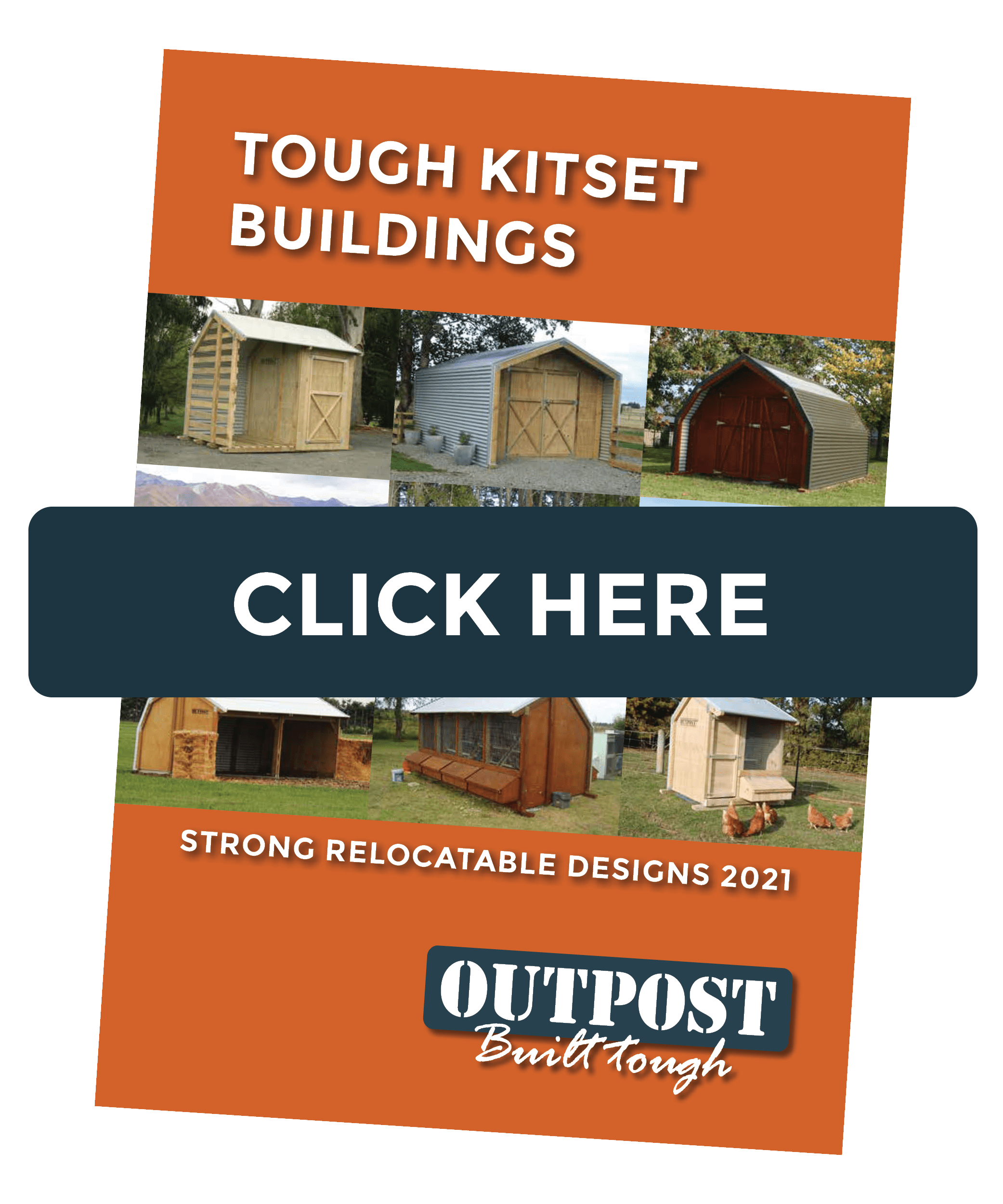Wood is a wonderful building material: beautiful to look at, easy to work with, renewable, recyclable, carbon-efficient, low-energy and high-performance.
At Outpost we use timber framing in all our buildings and most buildings have timber walls as well. We use sustainably sourced NZ timber that is appropriately treated to ensure it will last the test of time and can stand up to the toughest of NZ weather conditions.
Wood - the most renewable of all building materials
- Growth and production of one tonne of wood absorbs a net 1.7 tonnes of CO2 from the atmosphere*.
- Production of one tonne of steel emits 1.2 tonnes of CO2 into the atmosphere.
- A typical steel house frame emits 4.5 tonnes of CO2 into the atmosphere – the equivalent to the emissions from driving 22,500 kms in an average car.
- A typical wooden house frame has absorbed 9.5 tonnes of CO2 from the atmosphere – the equivalent of 47,500 kms of driving in an average car.
*Based on the amount of carbon stored in the timber – making an allowance for all the energy used, and CO2 produced, in its growth, harvesting and processing.)
Wood framing is fast and adaptable
- Timber framing provides for flexibility of design, and allows modifications and tweaks to layout during the construction process – with steel framing this is more difficult.
- Builders are familiar with using wood, and usually prefer it. Advantages of timber reported by builders include ease of construction and quick erection times for timber frames and roofs.
- With wood framing it may be faster to get a Building Consent because it is an acceptable solution under the Building Code but steel frames have to be proven as an alternative solution.
- Cladding cannot be nailed on to steel frames – it has to be screwed on, unlike wood frames where cladding can be easily nailed.
Timber buildings are warmer and quieter
- Wood is 400 times better as a thermal insulator than steel and 14 times better than concrete.
- Solid wood has significant thermal mass properties, retaining heat from the day and releasing it at night.
- Timber buildings are quieter than steel buildings which makes it more pleasant for people and animals inside the large shed made of timber.
- A thermal break is needed when using steel to improve insulation and avoid the buildup of moisture condensation which can lead to mould.
- Wooden Horse Stables are quieter for your horses which will help them relax and be comfortable.
GET A FREE COPY OF OUR CATALOGUE
Wood doesn’t rust
- Wood framing used appropriately in accordance with NZ building standards, will usually far exceed a service life of 50 years.
- Although steel framing is normally galvanised to protect it from corrosion, steel frames are susceptible to rust where the surface coating is cut, scratched or penetrated, and from edges that have been cut.
- Potential problems with steel frames rusting will also arise in sea-spray zones.
- Wood treated with the appropriate level of preservative, and properly maintained, can last in service for a hundred years or more.
Wood can take the heat
- Average building fires reach temperatures of 700 to 1000°C.
- Steel weakens as its temperature climbs above 230°C, retaining only 10 percent of its strength at 750°C.
- Wood does not ignite until it reaches over 250°C. Once it catches fire, wood develops a protective insulating char layer.
- Large timber beams have better fire resistance than unprotected steel beams of similar size because the interior of the timber remains much cooler.
(There is no such thing as a “fireproof” building. The contents of most buildings are combustible – and it is contents rather than its structural components which pose the greatest fire hazard to life and property.)
Timber buildings vs steel buildings – where do they end up in the end?
- Timber building components can be reused in other buildings or buried in a landfill at the end of their useful life. In a landfill up to 97 percent of the carbon in the wood is permanently stored off-setting CO2 released by fossil fuels.
- At the end of the building’s service life, the steel in steel frames can be recycled for other uses. This requires significant processing energy, although this is less than required to produce virgin steel.
Outpost have a great range of wooden sheds made with high quality NZ timber framing. There is a wide range of sizes and designs to choose from. Take a look at our range of Wooden Sheds here
Reference: http://www.nzwood.co.nz/wp-con...





